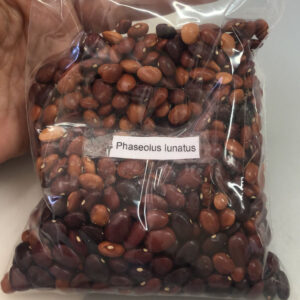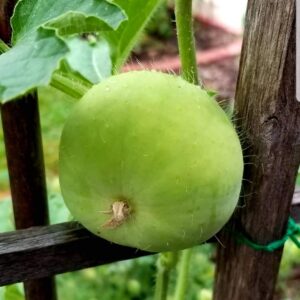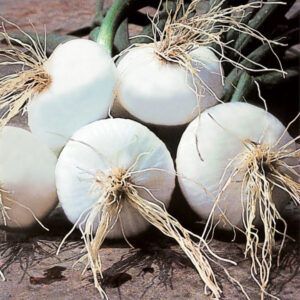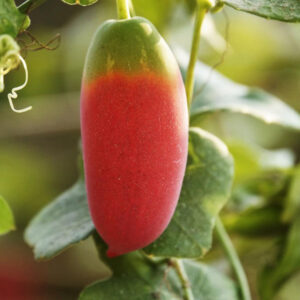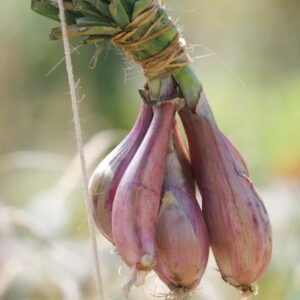$4.39
/ per pack
Choose seeds per pack:
Botanical name: Spinacia oleracea
Common name: Spinach
Kingdom: Plantae
Clade: Tracheophytes
Clade: Angiosperms
Clade: Eudicots
Order: Caryophyllales
Family: Amaranthaceae
Genus: Spinacia
Species: S. oleracea
Spinach (Spinacia oleracea) is a leafy green flowering plant native to central and western Asia. It is of the order Caryophyllales, family Amaranthaceae, subfamily Chenopodioideae. Its leaves are a common edible vegetable consumed either fresh, or after storage using preservation techniques by canning, freezing, or dehydration. It may be eaten cooked or raw, and the taste differs considerably; the high oxalate content may be reduced by steaming.
It is an annual plant (rarely biennial), growing as tall as 30 cm (1 ft). Spinach may overwinter in temperate regions. The leaves are alternate, simple, ovate to triangular, and very variable in size: 2–30 cm (1–12 in) long and 1–15 cm (0.4–5.9 in) broad, with larger leaves at the base of the plant and small leaves higher on the flowering stem. The flowers are inconspicuous, yellow-green, 3–4 mm (0.1–0.2 in) in diameter, and mature into a small, hard, dry, lumpy fruit cluster 5–10 mm (0.2–0.4 in) across containing several seeds.
In 2018, world production of spinach was 26.3 million tonnes, with China alone accounting for 90% of the total.
Originally from Persian asp?n??, entering into the European languages by way of Latin, which received it from Arabic. The Hindi word “Palak” also has its roots in Persian. The English word “spinach” dates to the late 14th century from espinache (French: épinard).
Common spinach (S. oleracea) was long considered to be in the family Chenopodiaceae, but in 2003 that family was merged into the Amaranthaceae in the order Caryophyllales. Within the family Amaranthaceae sensu lato, Spinach belongs to the subfamily Chenopodioideae.
Spinach is thought to have originated about 2,000 years ago in ancient Persia from which it was introduced to India and ancient China via Nepal in 647 AD as the “Persian vegetable”. In AD 827, the Saracens introduced spinach to Sicily. The first written evidence of spinach in the Mediterranean was recorded in three 10th-century works: a medical work by al-R?z? (known as Rhazes in the West) and in two agricultural treatises, one by Ibn Wa?sh?yah and the other by Qus?us al-R?m?. Spinach became a popular vegetable in the Arab Mediterranean and arrived in Spain by the latter part of the 12th century, where Ibn al-?Aww?m called it ra??s al-buq?l, ‘the chieftain of leafy greens’. Spinach was also the subject of a special treatise in the 11th century by Ibn ?ajj?j.
| Weight | N/A |
|---|
